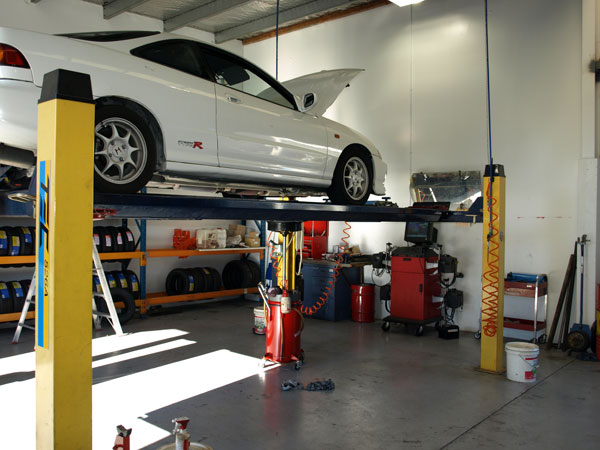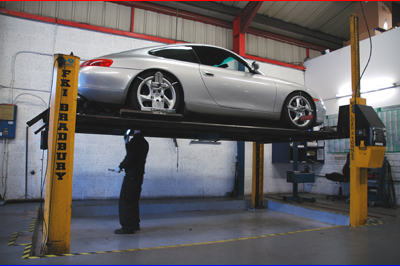
|
B arry's
Tire
Tech This is a series of articles on the technical aspects of tires, their care and usage. My primary purpose in these articles is to help people understand tires and thereby reduce the risks we all face every day. ..........and since tires is just about the only thing I know about.......... Please drop me a note if you have a topic you want to see: Barry@BarrysTireTech.com |
|
Idealized Alignment Settings:
The table below is a work in progress. I have spent some time researching what information was available as well as some personal experiences to arrive at this chart. I am NOT claiming this is the definitive answer. I AM claiming that some of this works. Following the chart, I'll explain where I got all this. |
|
|||||
|
Please Note: The values for Camber and Toe would apply to both the front and the rear. Obviously rear tires don't have caster. Here is the rationale behind these numbers: |

|
I have worked for a major manufacturer of tires for over 40 years - and in a lot of areas. Over a decade ago, I moved into an area where we deal with consumer issues. It wasn't very long after that, that our rep to one of the Japanese vehicle manufacturers had asked to examine some tires that had some irregular wear on the outside shoulder of an All Terrain tire we were supplying. He forwarded some samples to me and I concurred with him: Alignment was the source of the problem. Needless to say that did not go over very well with the vehicle manufacturer. In order to provide data to support this position, we started asking dealers who called in to complain about the wear (and, of course, get an adjustment), to do an alignment and provide us with a copy of the "BEFORE" settings. Unfortunately, we didn't get a lot of copies, but there was one very interesting outcome. EVERY vehicle was either out of spec for toe or in the outer half of the tolerance for toe. NONE were near target value. |
|
Having spent many hours under my racecar to get the toe right, the tolerance they published seemed very wide. So I went to the library and looked up other vehicle manufacturer's tolerances for toe. I noticed that MOST of the tolerances were the same, BUT BMW's was half that - and so was the tolerance for several over the road trucks (18 wheeler type). Plus, the tolerance was the same as 40 years ago when they put on bias ply tires - and I knew radial tires are more sensitive to toe for quite a few properties.
But I didn't have enough data to feel comfortable that I had identified the source of the problem. About a year later, a different vehicle manufacturer had a similar complaint on a completely different vehicle and on a completely different tire. We tried to get the same "BEFORE" alignment values - and, again, not much data, BUT the same thing: Every vehicle was, at best, in the outer half of the toe tolerance. So while I feel pretty confident about the toe tolerance, I admit it is based on very limited data. |

|

|
The story on camber is similar except it's the result of irregular wear complaints on the INSIDE shoulder. What was noticed was that whenever this showed up, the alignment spec called for over 1 degree (negative) of camber. Caster: This came from a discussion I had with an Engineer at Ford (about 1990) who clued me in to an investigation he conducted on the source of shimmy complaints on F-450's. The rest is based on various internet discussions and problem solving sessions. |
|
As I said before, the chart is a work in progress - and while I have enough confidence to publish it, I am prepared to modify it if there's enough contradictory data. |